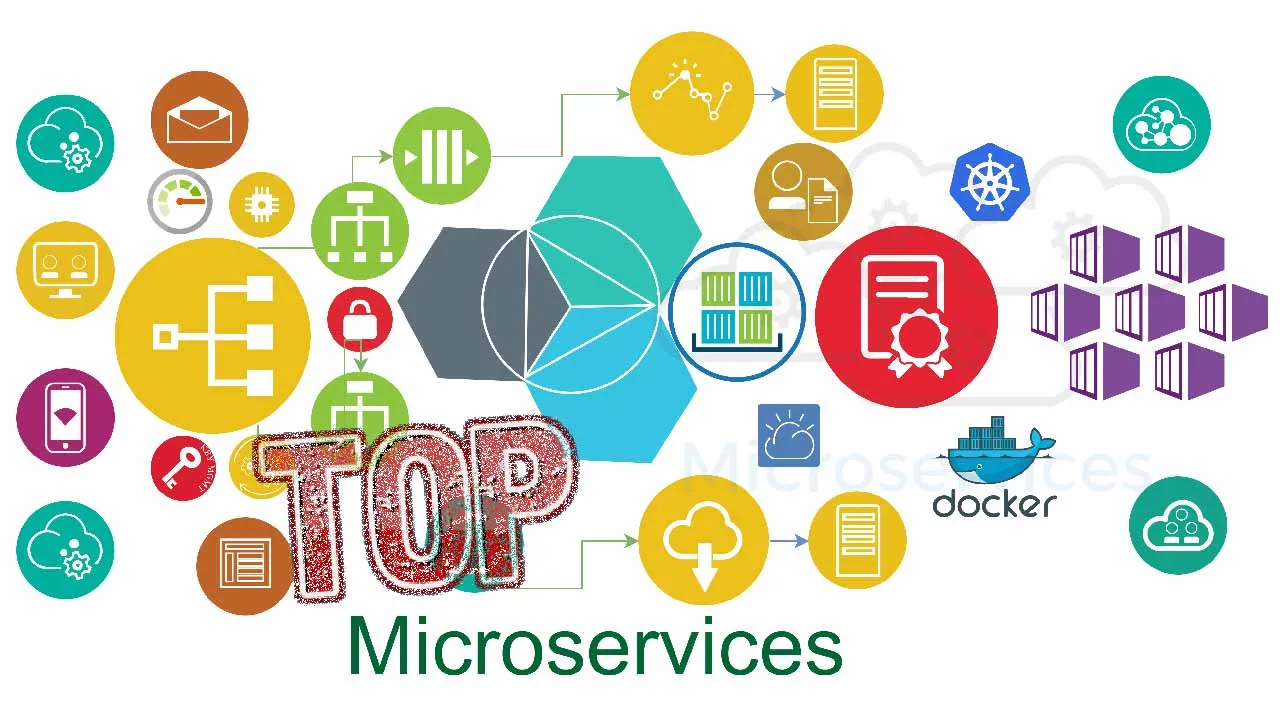Choose right framework for microservices architecture.
Microservices architecture is a methodology wherein fragment monolithic single application into small applications and services which executes lightweight applications. Business capabilities and independently deployable models are the primary goals for Microservices development. Microservices architecture built using different programming languages and deployed them and connect.
Benefits of Microservices
- Adoption of New technology and process.
- Independent scaling of applications.
- Cloud-ready.
- Seamless integrations.
- Effective Hardware utilization.
- Service level Security.
- API-based functions for reuse effectively.
- Independently Develop and Deploy applications.
Selection Criteria for Framework Selection
The following are some of the critical aspects that can be considered while choosing the proper framework:
- Popularity — Measured by the industry acceptance of the framework based on the number of customers who have made the framework an enterprise standard. The other indicators that could help are the availability of documentation and the number of skilled resources available in the market.
- Maturity of the Community — Reputation of the supporting the framework such as Apache or Google, or Spring. Maturity of the framework in terms of community / commercial support and the frequency of releases to fix issues and add new features.
- Ease of Development — Frameworks selected application development easy and enhances developer productivity. IDEs and tools that support the frameworks also play an essential role in rapid application development.
- Learning Curve — Availability of documentation in the form of tutorials, best practices, and solutions for typical problems play an important role in reducing the learning curve and improving overall developer productivity.
- Architecture Support — Frameworks provide code modules and interfaces with built-in design patterns that remove the coding complexity from application developers.
- Support of Automation — Framework support for automating the tasks related to build and deploy of microservices
- Independent Deployments — Framework has to support dour aspects of independent deployment — upward compatibility, downward compatibility, reusability, and portability
- Continuous Integration — Developers integrate code into a shared repository frequently, preferably several times a day. Each integration can then verified by an automated build and automated tests framework to support.
#microservices #framework #microservice

1.15 GEEK